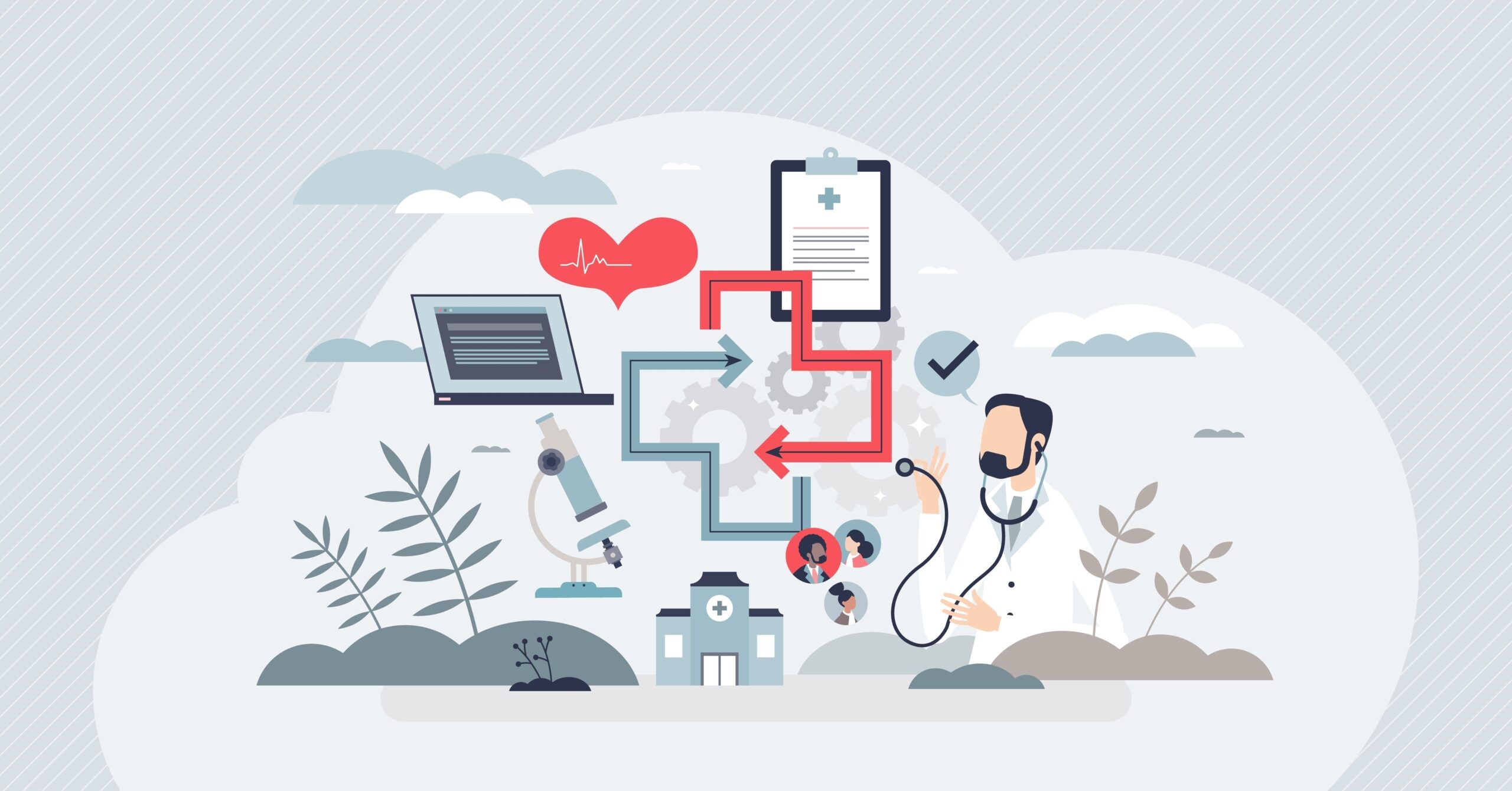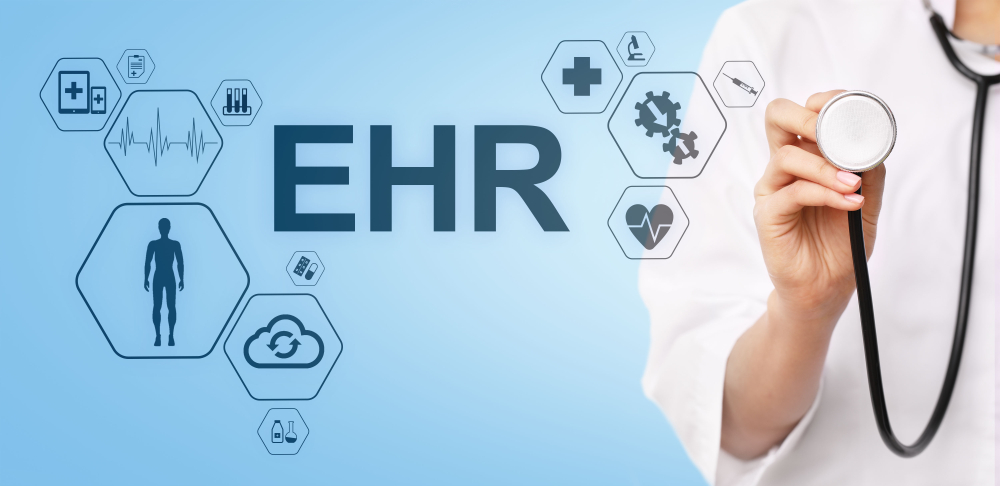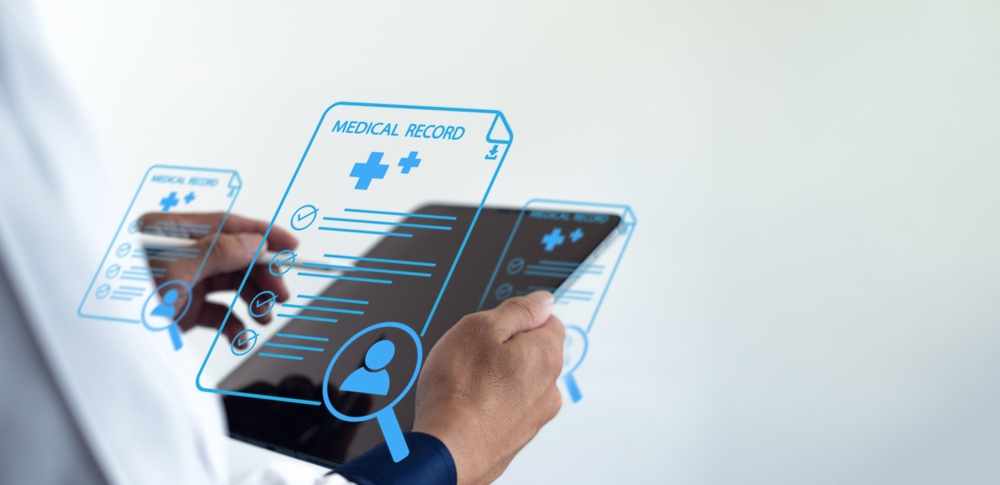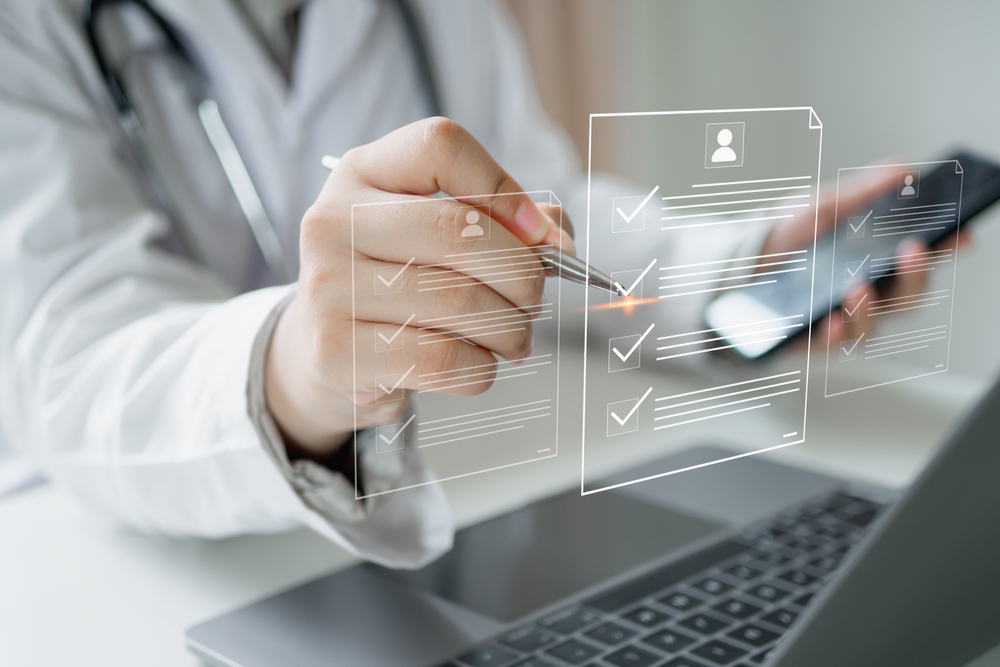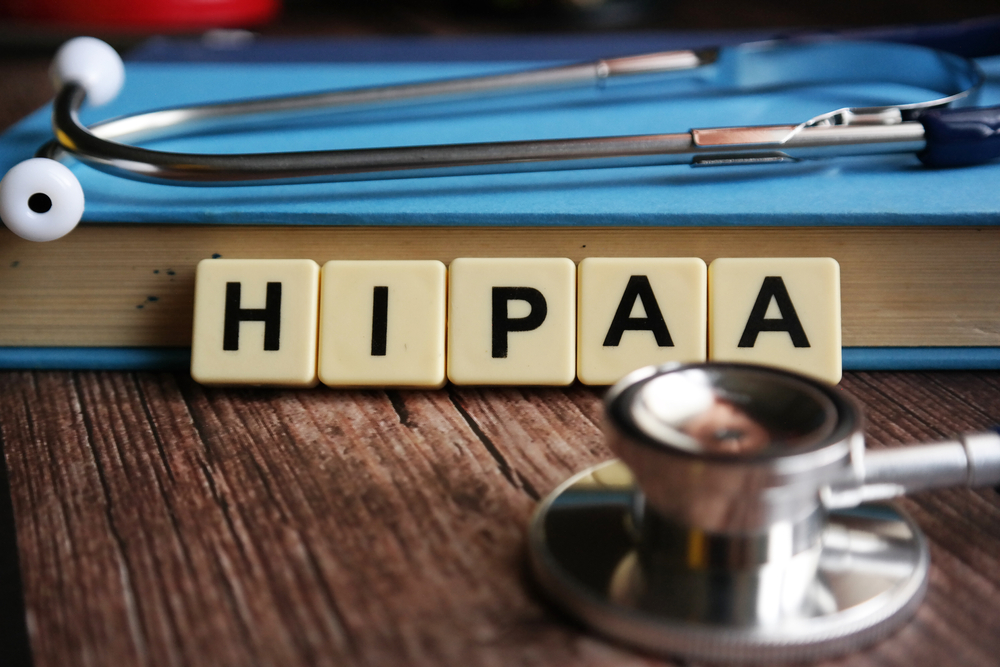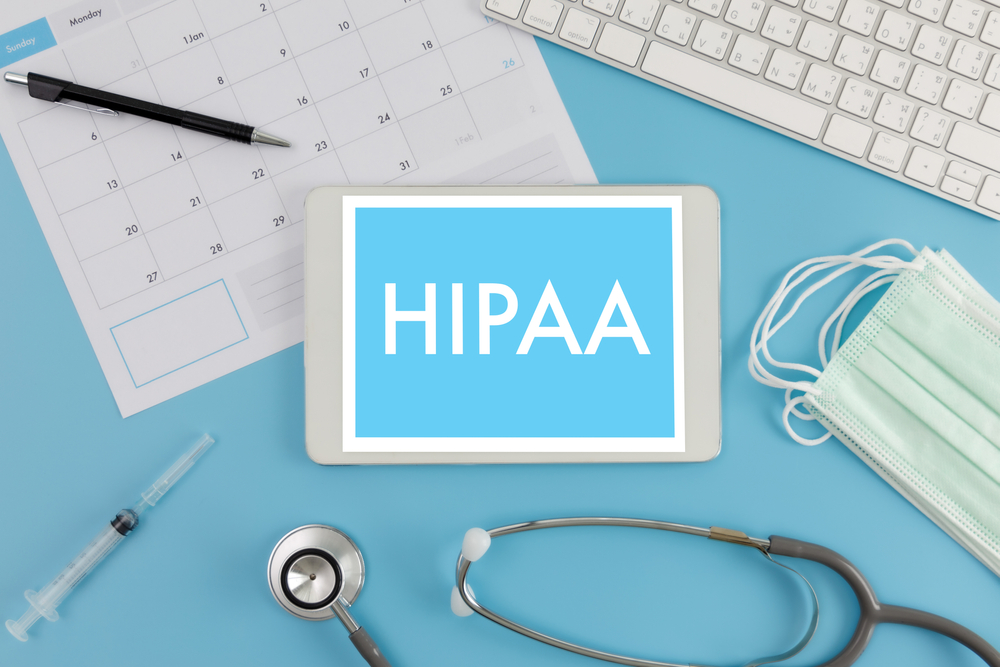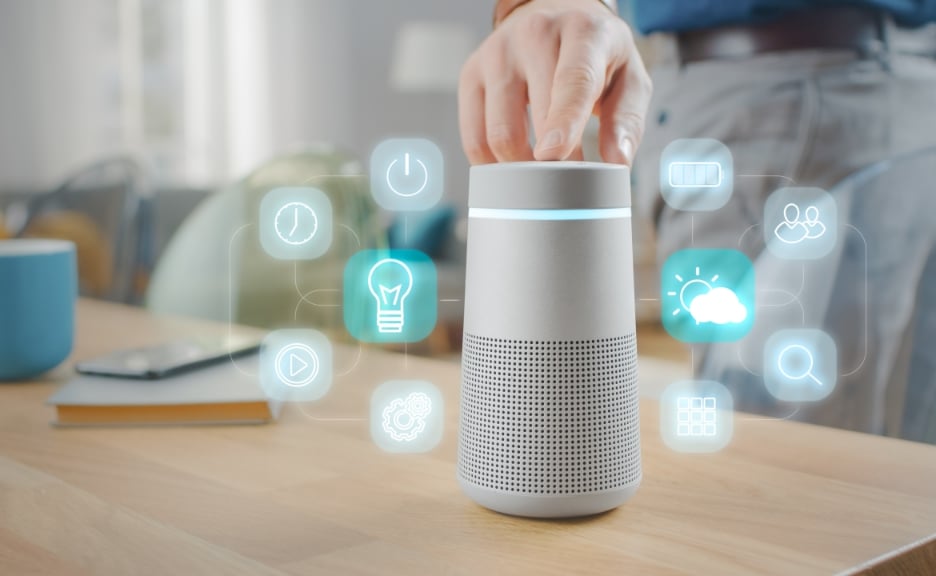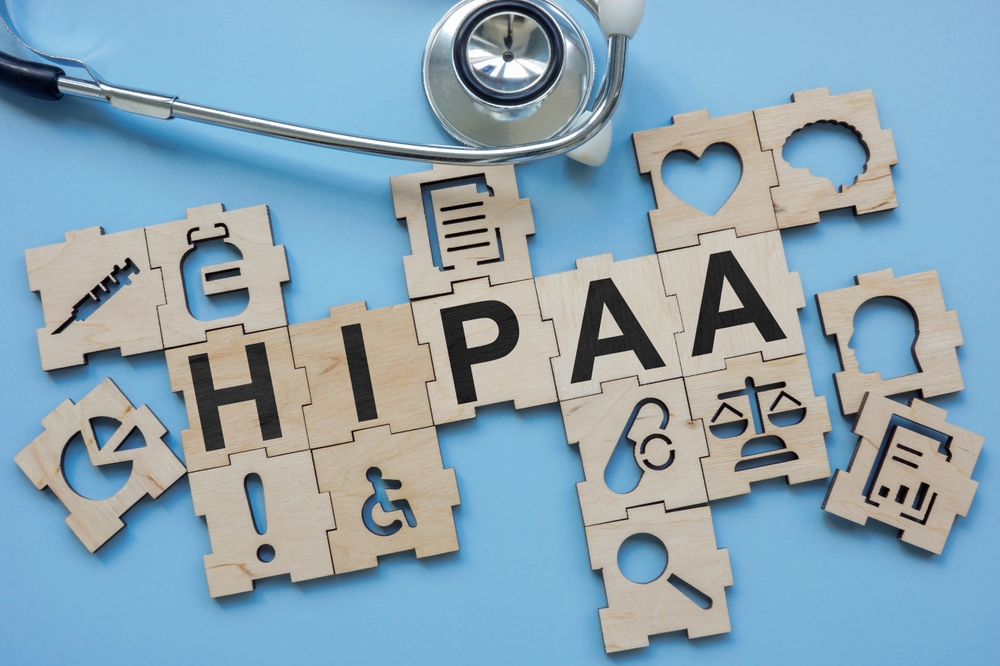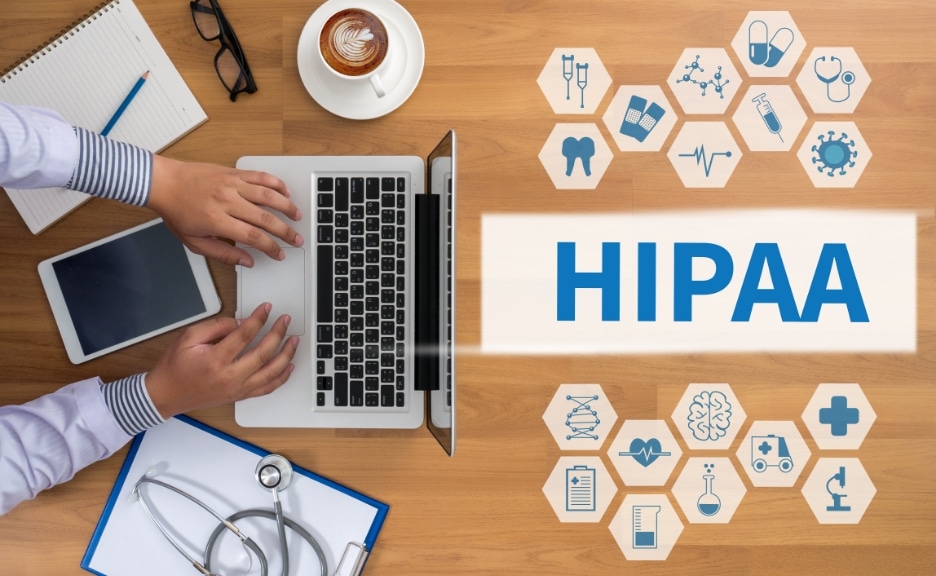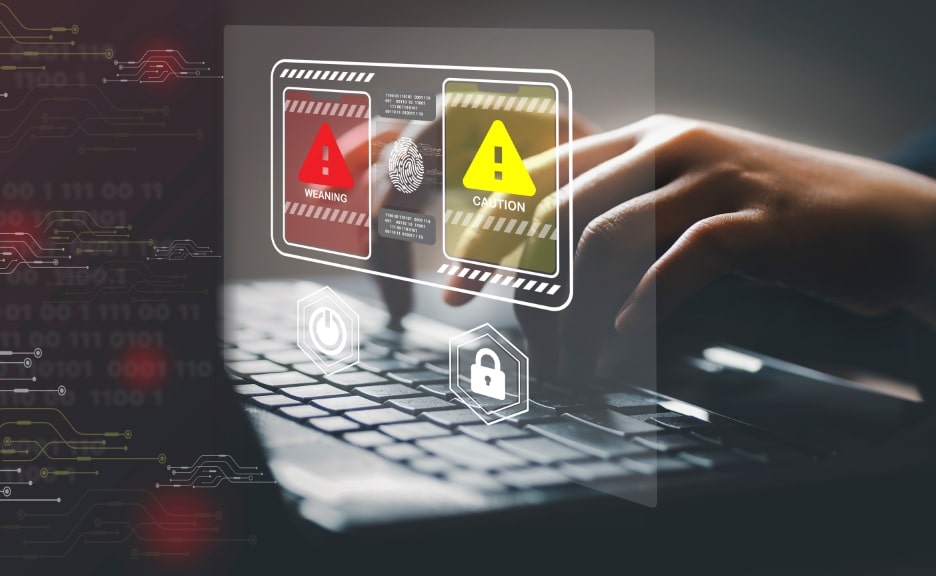Healthcare and Interoperability
How to Fax Medical Records: Tips for HIPAA Compliance
Compare All PlansStart Faxing Now
From prescriptions and lab records to diagnostic images and referrals, medical records contain essential information. Some of this data consists of patient health information (PHI), the transmission of which is highly regulated by the Health Insurance Portability and Accountability Act (HIPAA) and other standards. Failure to comply with HIPAA regulations could result in patient confidentiality violations, costly lawsuits and fines, and a host of other negative outcomes, which is why it’s so important that organizations fax medical records with care.
In this article, we’ll dive into the important role that faxing still plays in the healthcare sector today and show you how proper faxing can impact your HIPAA compliance. We’ll also show you some best practices to follow when faxing medical records — and how eFax Protect can help.
Why Faxing Medical Records Is Still Relevant?
The popularity of email has left some asking the question, “Are faxes still used today?” Just take a look at the advancements in modern faxing technologies as well as the industries that depend on them, and you’ll see that the answer is a decisive no.
It’s true that physical fax machines are much less commonplace than they once were, but digital faxing technology possesses many functionalities that make it useful for faxing medical records. Some of these features are:
- End-to-end security: Many online faxing services allow for password protection to secure the document at the endpoints, as well as dual-layer encryption to safeguard it during transmission.
- Compatibility: A quality faxing solution can integrate with electronic medical record (EMR) platforms and other systems, thereby simplifying providers’ workflows.
- Customization: Digital faxing platforms allow you to create helpful templates for cover sheets to notify the recipient that the document contains sensitive data, which is required for HIPAA compliance.
- Cloud storage: While legacy faxing systems required physical storage spaces that were difficult to maintain and secure, digital faxing lets you store medical records in the cloud. This enhances security, reduces storage and waste, and ultimately cuts down on costs.
Taken together, the benefits that online faxing offers makes it highly relevant for many industries today — especially for healthcare providers, for whom faxing of medical records with security and compliance are a must.
HIPAA Compliance and Faxing
The Health Insurance Portability and Accountability Act is the primary regulatory standard governing the healthcare sector. It contains several requirements regarding how a healthcare team may send and store patient records, so organizations must educate themselves on how to fax their medical documents. Some of the most important secure online faxing practices involve:
- Confidentiality: HIPAA requires that healthcare organizations preface faxes containing PHI with a cover sheet notifying the recipient of the sensitivity of the information contained therein. This helps ensure that only the appropriate eyes view sensitive data, and while the exact wording of the cover letter isn’t specified, what is required is a cover sheet as a first line of defense.
- Security: HIPAA requires that a healthcare provider have some sort of security in place to safeguard its medical records. The exact nature of the security configurations may vary, but dual-key encryption and password protection are an excellent way to meet this requirement.
- Transparency: The specifics exceed the scope of this article, but HIPAA has multiple requirements dictating which parties may access medical records. Whether it’s a legal representative signing a release form or a healthcare provider making an online request, online faxing offers faster transmission with easier storage, creating a more accessible health information exchange.
Depending on certain circumstances, another HIPAA-compliance requirement may pertain to the traceability associated with the fax. If medical records are needed for legal proceedings, their time stamps can validate that they were received on time. This can also give online faxes more weight than emails in a medical lawsuit, giving organizations that much more credibility.
How to Fax Medical Records?
When a clinic requests medical records, faxing is a fast and secure way to deliver them.
There are two main methods available to you when it comes to faxing medical records: using an online fax service or using a traditional fax machine. We’ll cover both these options in the sections below, as well as go over the importance of HIPAA-compliant fax cover sheets for medical records.
Using Online Fax Services to Fax Medical Records
Online fax services are a fast and secure way to fax medical records and documents.
Here’s how you can use an online fax service like eFax to send medical records:
- Log into your eFax account online.
- Click Create Cover Page in the File menu and customize it with a confidentiality statement. You’ll need this to comply with HIPAA standards.
- Add your recipients and upload the medical records as documents or PDF files.
- Hit Send and make sure you receive a delivery confirmation notification.
Using Traditional Fax Machines to Fax Medical Records
If you have access to a traditional, physical fax machine, you can use it to securely send medical records. Here’s how:
- Create a confidential fax cover letter and print it out.
- Print the medical records.
- Enter the receiving fax phone number into your fax machine.
- Feed the fax documents into the machine, starting with the cover sheet.
- Send the fax.
- Wait for the delivery confirmation fax or alert.
The Importance of HIPAA-Compliant Fax Cover Sheets for Medical Records
When you’re sending medical records, ensuring HIPAA compliance means that your healthcare business won’t breach data regulations. HIPAA violations cost the healthcare industry billions of dollars a year in fines due to data breaches and additional expenses for investigation and legal fees.
HIPAA-compliant fax cover sheets provide an additional layer of protection, which protects against unauthorized viewers gaining access to your document. It also contains information about the intended recipient, which helps get your sent records into the intended hands. Lastly, HIPAA-compliant cover sheets include a confidentiality statement, which warns recipients about the document’s contents.
Here’s how you can create a confidential fax cover sheet:
- Download or print a confidential fax cover sheet template.
- Customize the fields, adding a confidentiality statement and the intended recipient’s information.
- Add your contact information.
- Include a brief overview of the faxed documents, so the recipient understands they are medical records.
- If you’re sending an online fax, you can save the template as a new document and upload it to your online fax service.
- If you’re sending a traditional fax, print out the cover sheet and include it in your faxed documents.
3 Best Practices for Faxing Medical Records
Whether it’s a mailing address or an authorization form for record requests, HIPAA compliance requirements make online faxing particularly effective for sending medical records of all types — if you follow best practices. Here are a few your health information management team should implement.
1. Password-Protect the Document When Appropriate
Online faxing offers dual-key encryption, which prevents documents from being intercepted and deciphered during transmission — but that’s not always enough. HIPAA regulations may require you to safeguard the document at the endpoints so that only the intended recipient can view it.
2. Utilize HIPAA-Compliant Cover Sheets
HIPAA compliance standards not only require that you provide a cover sheet to prevent PHI from being left out in the open; they govern the content of the cover sheet as well. Your cover sheet should not contain any PHI, but only the metadata that the intended recipient must view for the sake of receiving the fax.
To ensure your fax’s HIPAA compliance, consider substituting basic patient information such as their name or mailing address with a case ID instead. This will help protect their identity and minimize your risk of an accidental violation.
3. Verify the Fax Number Against Your Records
Before you ever send a medical record via fax, you should always check to make sure that the party making the request is who they say they are. When someone makes a medical record request, be sure to check the fax number against your records so that you don’t accidentally disclose your patient’s information to an unauthorized party.
Securely Fax Medical Records with eFax Protect
Prescriptions, lab work, billing data, mailing addresses — medical records can contain a wide variety of health, financial, and even personal information. Online faxing provides an efficient, low-cost solution for transmitting such critical data — if organizations use it correctly.
At eFax, our secure online faxing service can help you send your medical records. Our platform not only boasts a series of state-of-the-art faxing capabilities such as electronic signatures and business software compatibility, but it also gives you the tools you need to comply with HIPAA and other regulations, keeping your practice secure. If you’d like to see how our faxing service can help your organization securely transmit medical records, see how it works and start faxing today.
FAQs
Yes, faxing is a secure and reliable method to fax medical records. Include a confidential fax cover sheet, the recipient’s information, and a confidentiality statement.
Yes, you can fax PHI, but you need to implement strict safeguards to protect the patient information. Consider using encrypted fax services, double-check the number you’re sending to, and always use a fax cover sheet.
Fax machines should be located in secure areas where the public cannot access it. Always use a fax cover sheet with a confidentiality statement. Verify the recipient information and consider using an online fax service for added security.
Faxes are a fast and reliable way to send medical records. Many providers already have the infrastructure to send and receive faxes, and some documents still require a physical signature or a paper copy.
HIPAA doesn’t prohibit faxing patient information, but it does require strict adherence to security measures. Providers must place fax machines in a private location, use a cover sheet, and verify the recipient’s fax number.
